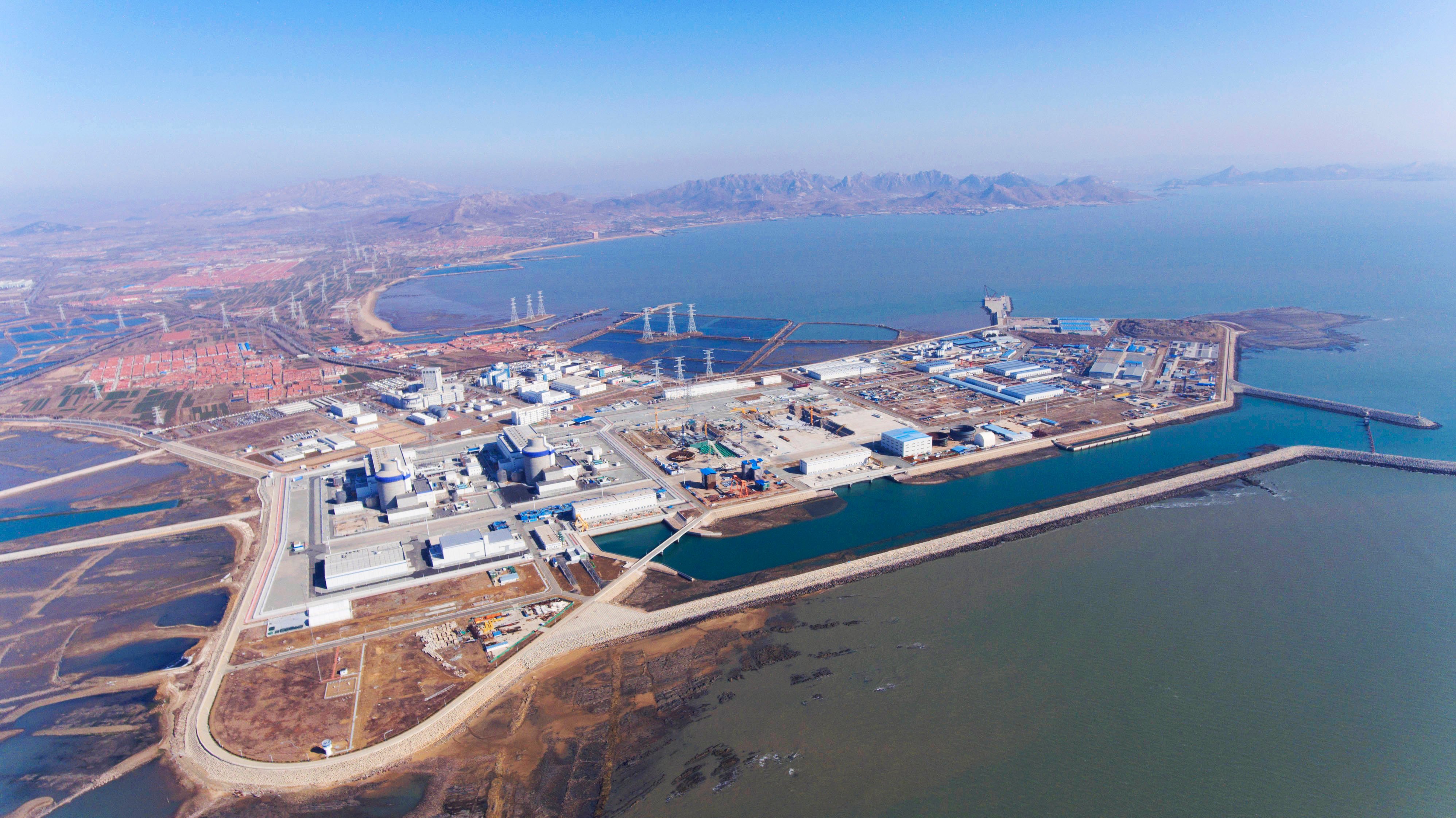There’s more to nuclear energy than electricity. Nuclear power plant owners, as well as nuclear technology and services providers such as Westinghouse, are keen on exploring the full potential of nuclear energy to address the challenges of energy security and the climate crisis.
The implementation of nuclear cogeneration is an attractive option to deliver on the carbon net-zero promise through production of electric power, heat, hydrogen, and desalination to support industrial and civil applications. Many nuclear experts believe that integrating nuclear power plants with other systems and applications is the future of nuclear energy.
Progress in China
China is one of the countries at the forefront of taking advantage of nuclear cogeneration. Beginning each November and running through mid-March of the following year is the winter heating season for the northern part of China. Historically, coal has served as the primary source for district heat programs. According to the 2021 China Urban Construction Status Bulletin released by the Bureau of Housing and Urban Rural Development of China, coal represented between 70-80% in total energy source consumption in 2021—often providing a 10.6 billion square meter heating area for residents in more than 20 provinces. Haiyang Site. Image courtesy of Shandong Nuclear Power Company Limited (SDNPC).
Haiyang Site. Image courtesy of Shandong Nuclear Power Company Limited (SDNPC).
As the concerns about air quality, health and decarbonation intensify, China rolled out a Clean Winter Heating Plan to shift from the dependence of coal to clean energy sources. Fortunately, nuclear power is included in this plan as a clean heating source to support the carbon emissions goals while meeting the heat consumption needs for the northern part of China in wintertime. Pressurized water reactors, such as the AP1000® advanced reactor, produce clean steam that can be readily deployed in district heating systems.
Most recently, the Haiyang Nuclear Power Plant, one of the world’s first AP1000® nuclear power sites located in Shandong Province, successfully concluded its second-round district heat cycle safely for 126 days. This is the largest nuclear heat project in China—providing safe and reliable heat to 200,000 residents over a 5 million square meter heating area while reducing 330,000 tons of carbon dioxide and 1,243 tons of smoke dust, according to the Haiyang Government.
The first phase of the Haiyang Nuclear Power Plant heat program launched in November 2019 over a 700,000 square meter heating area, and then expanded in November 2021 over another 4.5 million square meters. Now, the plant is aiming at a higher target: building a long-distance heating pipeline to deliver nuclear heating to the surrounding cities such as Yantai, Weihai and Qingdao by the end of this year.
For a power plant to apply cogeneration options, it must meet several criteria such as temperature-level, fuel, technology design, safety, and reliability. The outstanding performance of Haiyang Nuclear Power Plant exemplifies reliable, economical and state-of-the-art design of Westinghouse’s AP10000 reactor as the basis of the cogeneration implementation.
The Westinghouse Advantage
The AP1000 reactor is a two-loop, pressurized water reactor with passive safety features. Nuclear power plants make use of steam produced during its continuous operation to generate electricity through propelling the steam turbines. This clean and safe steam comes from a separate water system outside of the reactor core and does not interact with radioactive materials or environments. Additionally, the passive safety feature of the AP1000 design adopts the laws of nature to add layers of safety.
Apart from offering the advanced nuclear technology, Westinghouse also took part in the second phase of the Haiyang Nuclear Heating Project. It is worth mentioning that during the second outage of Haiyang Unit 1 and the expansion project of Haiyang Nuclear Heating Project in 2021, the steam extraction system upgrade of Haiyang Unit 1 required an additional cabinet to be integrated into the existing Distributed Control System. Given the limited budget and tight outage schedule, the Westinghouse team procured the critical equipment from a Chinese supplier and provided timely on-site installation and commissioning support. This speed of execution and customer-focused culture help the company earn high recognition from the customers and the industry.
Westinghouse is proud of its role in the nuclear energy heating program to gradually reduce fossil fuels consumption via district heating and anticipates seeing more diversification opportunities for nuclear energy. We will continue to work with the global nuclear industry to explore and engage in this exciting area.


